https://www.youtube.com/watch?v=SRPyFQVdurY
Why This Superbike Course Is Japan’s Most Dangerous Race Track _ Turn By Turn

Erratic blind corners , limited runoff areas speeds upwards of 200 MPH .
These are just a few of the features that make Japan's legendary Suzuka circuit , the country's most dangerous race track in its 58 year history .
The 3.6 mile track has claimed the lives of 17 professional racers but competitors continue flocking there for some of the world's biggest motorsport events between the tracks .
Overly complicated design , famously , high risk corners and unpredictable weather .
Suzuka can make for some terrifying races .

The first thing race car drivers and motorcyclists notice about the track is its design , take a bird's eye view of the track and you'll notice it's hard to follow figure eight layout compared to the simple ovals and basic road courses .
Most racers are used to .
Suzuki's design is one of utter chaos .
Complicating the track further are a total of 18 different corners .
Most of which are blind .
It's a figure of eight track .
But when you ride it , it's so complicated and technical , it doesn't feel like , you know , just a nice and simple figure of eight tracks .
It , it is really hard to get your bearings the first maybe 234 times days that I was riding there .
I couldn't really work out where I was .
I was , I couldn't work it out because it just seemed to be corners everywhere .
The corners vary in speeds from as slow as 40 MPH to as fast as 1 90 .

They cause the track to change at a moment's notice like the intense Degner curves that include a sudden 90 degree right hander at turn nine or the abrupt Chicane following the fastest section of the track that racers frequently prepare for to these intense corners lead to drivers encountering a high level of lateral G forces on their body .
The highest being up to 3.5 at the notorious 1 30 R turn , lateral G force is the gravitational force applied to a vehicle as it rounds a curve .
It's the push you feel while turning that tries to force you off the road .
But Suzuka also has a total elevation change of over 40 m forcing racers to struggle with both lateral and vertical G forces pressing on their bodies throughout on a course with a limited number of tarmac runoff areas .
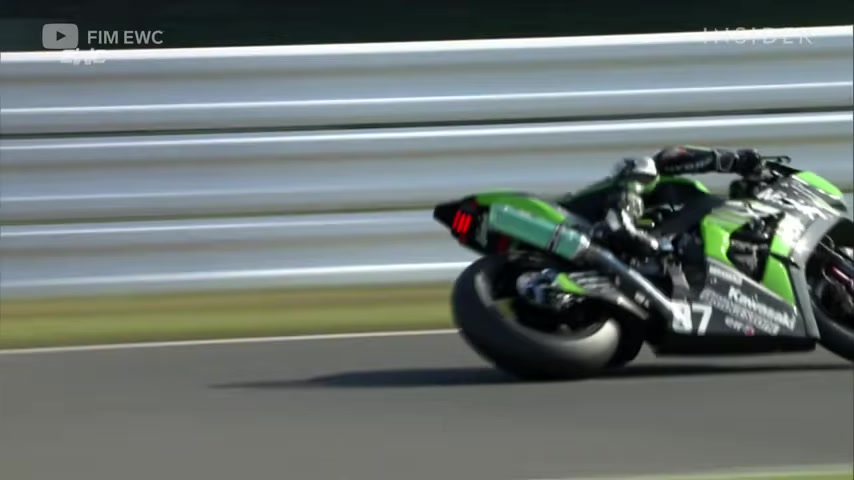
This means one wrong move with your car or bike can send you sliding into a patch of gravel or worse a wall .
I'm inside the F I M uh safety border .
This is one of the most dangerous in the championship .
It's kind of a roller coaster when I ride there .
I have huge respect for the track and sometimes some extra attention , some corners you feel like the ball are really close because of the speed .
You know , you , you , you go so fast in some corner .
I I don't want to think about what can happen .
You know , Suzuko was originally built as a Honda test track back in 1962 which explains its harrowing layout that most likely couldn't pass today's standards .
And because it's older , the pavement is well old making it rougher than more refined modern tracks .
This can lead to quicker degradation and overheating of the tires .
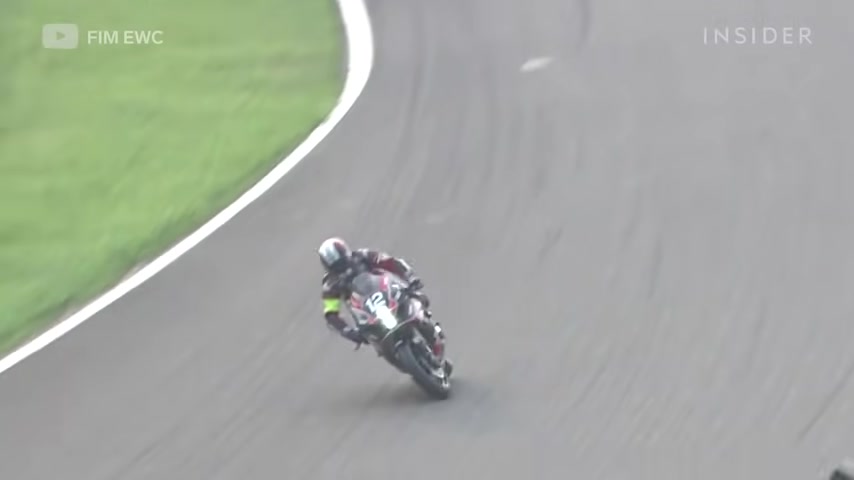
It's fantastic cause you've got a lot of grip and you can really push the bike problem is if you have to do a lot of laps , the tires wear a lot and then you start to slide and you know , the bat starts to move and becomes difficult to rid .
Suzuka also has some incredibly tight sections .
Some of the tightest being only 10 m wide on par with Belgium's spa Fram and Germany's Nurburgring .
These tight stretches make it tough for one driver to pass another .
If you want to fight for the , if you want , fight for the top five , you have to overtake all the time .
Somebody every lap , you have to overtake somebody and sometimes it's really challenging because the track is narrow and it's not so easy .
So you have to take some bigger risks sometimes .
But while the track's overall design causes enough problems for racers .
Suzuka is most famous for the previously mentioned 130 R corner originally named for its 130 meter radius .
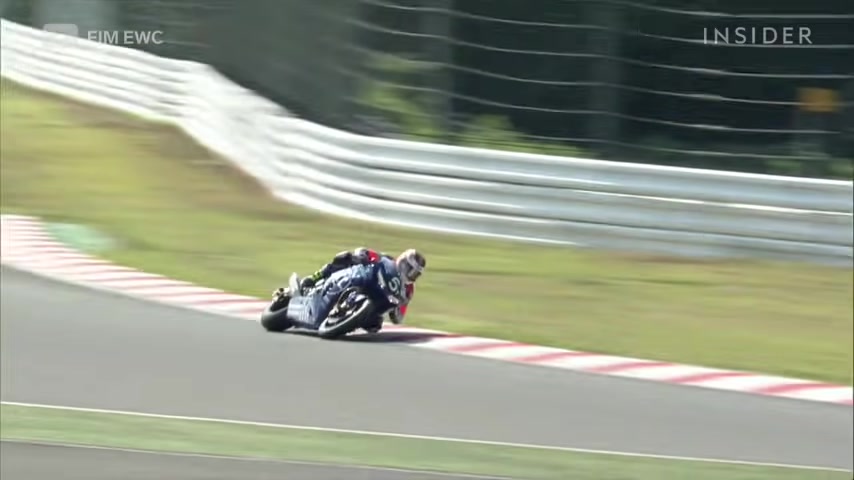
The infamous turn takes place on the bridge that overlaps the course .
Racers take this intense left corner as fast as 190 MPH statistics like that have placed it amongst racing's most intimidating corners .
And if you're racing in the annual eight hours of Suzuka Superbike race , you're encountering that corner over and over and over again .
That corner is an amazing corner and it's really difficult to find actually a good breaking point at the hour .

So it's really something that you all do your during that corner in every for eight hours over the years , the turn has been forced to undergo a number of changes to its layout after formula one driver , Alan mcnish , violent crash in 2002 at the turns approaching bump 1 30 R was redesigned as a apex one with an 85 m radius and the second featuring a 340 m radius .
However , this led to 1 30 R s following Cassio Triangle Chicane .
Being closer , this closer Chicane would be the site of motorcycle rider Dairo Cotto's fatal accident in 2003 at the Casio's more sudden braking zone .
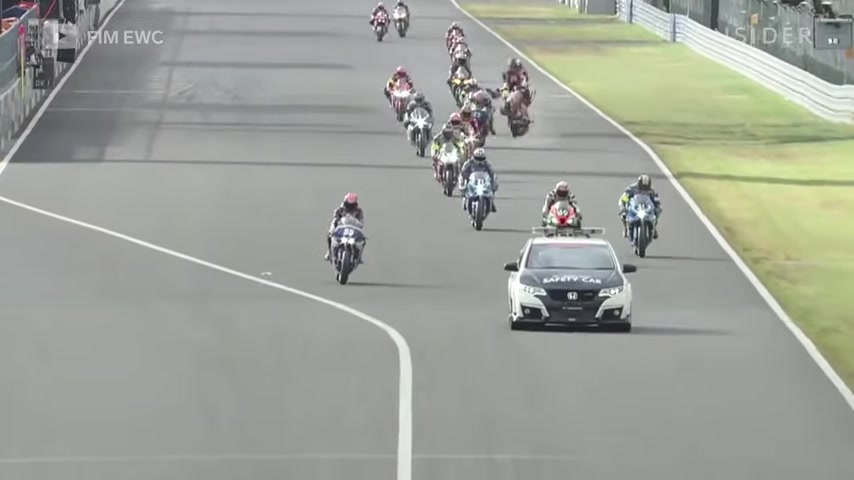
Since then , the Moto GP racing series has not returned to Suzuka as intense as 130 R is though Suzuka is a roller coaster from the start as the track's first turn leads directly into a section known as the Snake Curves , a series of back to back winding corners that makes up turns 3 to 6 and allowing racers to reach speeds as much as 130 MPH while twisting through .
But it's the technical racing required for this section that is most challenging just last year .
It was the scene of a very embarrassing crash for racer Tsuda Nagashima during only a warm up lap .

The section calls for four perfectly rhythmic turns one after the other , too much speed or failing to stay online going into your first turn and you destroy your following three , either losing significant lap time or flying off the track with a formula one car .
They almost go flat out around there .
But with a , with a motorcycle is uh is really , really difficult and you have to be really precise , physically demand them because you , you need your bike to be quick turning physically .
You have to manhandle the bike from , you know , left to right to left to right .
It just goes passed in the blink of an eye because you're just focused on apex to apex after turn one all the way to turn six .
You need to be really patient if you're behind somebody because it's , it's pretty much one line .
So if you're gonna try and pass that , you need to make sure you , you , you're really aggressive , probably wouldn't recommend it .
One of Suzuka biggest dangers though is the weather .
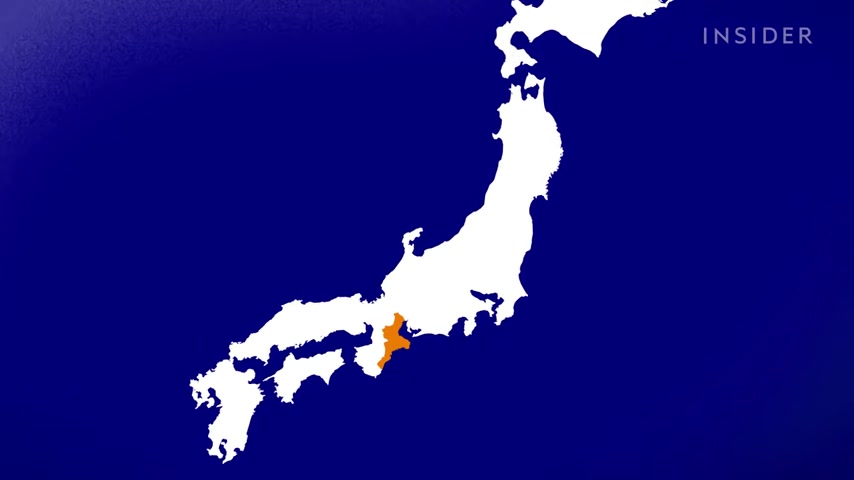
The track is in the prefecture located on Japan's southeast coastline .
Well known for seeing unpredictable heavy rain just last year .
The Japanese Grand Prix was nearly canceled due to typhoon Hagibis , the largest tropical storm of the year .
But even when a torrential downpour leads to red flags and postponements of a race , the asphalt is still left slick wet on a fast track .
It makes for a bad combination .
We we have uh to be really careful in case of rain because uh the the the track is different from any other track is really faster and is so creepy that uh we can touch our elbow in uh in some corners with rain tires .
But of course , when you , when you question the is like , uh you know , you start sliding and you never stop .
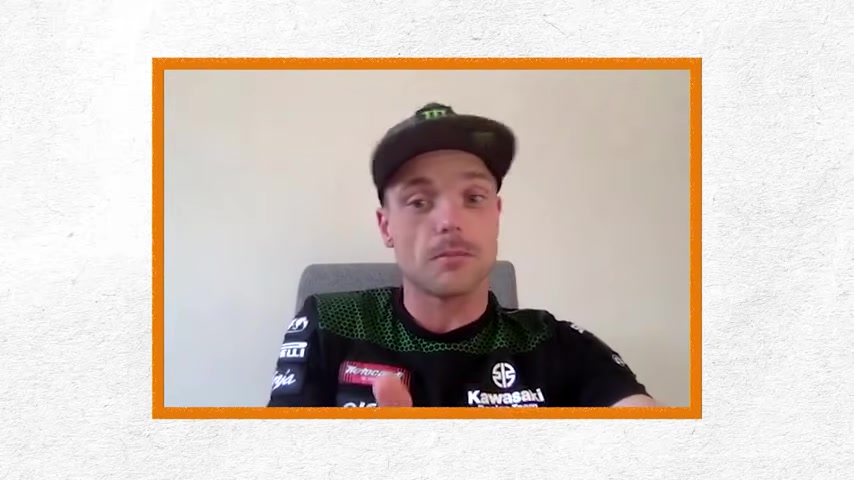
So the , the feeling is not amazing , the mental con you need because every little movement you do on the bike in the rain is transferred to the tires and it can cause the bike to slip and slide .
Summers in Suzuka can be scorching hot as well .
With temperatures frequently reaching a high of at least 90 to 95 F for a super bike race like the Suzuka eight hours that takes place in July .
This is especially brutal due to the intense heat .
Motorcycle racers already experience .
There's not just the temperature outside when you're on a , on a , on a bike down the street , you've got all the engine temperature , all the temperature of the breaks and everything .
So , you know , just imagine being in a sauna and you're getting uncomfortable and your , and your eyes start to get a salty sweat going in your eyes .
Imagine putting a helmet on during your , your hour stint , you can lose maybe 2.5 kg or , or three kg of , of fluid from your body between a confusingly tangled design .
It's infamously challenging corners and frequently unbearable weather .

Suzuka remains Japan's most difficult and hazardous track and despite numerous safety changes including added barriers , additional tarmac runoff areas and adjustments to the notorious 130 R corner .
Suzuka is an old school track that will always rank among the world's most dangerous , but it's the thrill ride .
It provides that encourages competitors to continue flocking in groves and makes Suzuka a favorite amongst professionals .
Honestly , it's one of the best tracks in the world .
It's got so many cool elements of the track and when you string them together and do a good lap time , there's no better buzz .
There's no atmosphere like Suzuka when you come out of that last and the grandstand from to turn one is completely full .
Hey , I'm AJ , thanks for watching .
If you enjoyed that episode of Turn by turn , don't forget to hit the subscribe button .
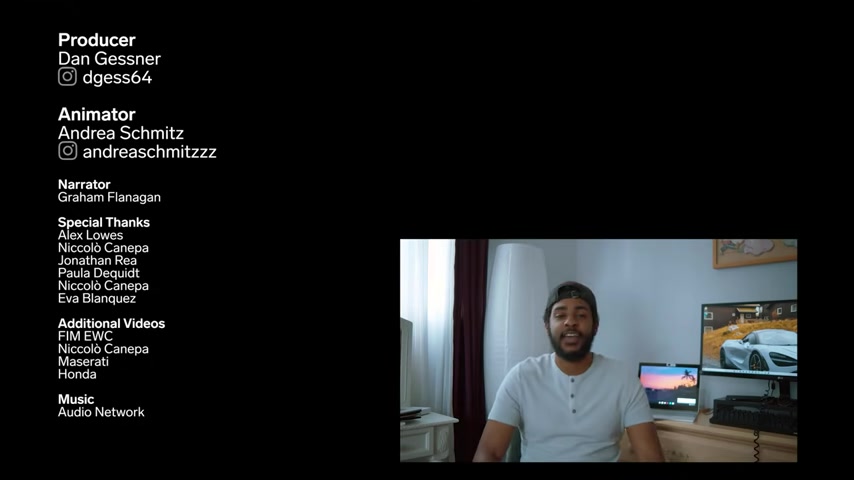
So you don't miss the next installment of turn by turn and let us know what race track you want us to cover next .
In the comments below .
Are you looking for a way to reach a wider audience and get more views on your videos?
Our innovative video to text transcribing service can help you do just that.
We provide accurate transcriptions of your videos along with visual content that will help you attract new viewers and keep them engaged. Plus, our data analytics and ad campaign tools can help you monetize your content and maximize your revenue.
Let's partner up and take your video content to the next level!
Contact us today to learn more.